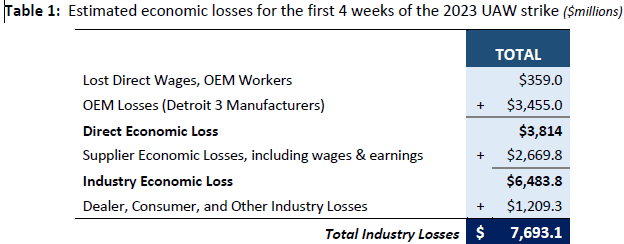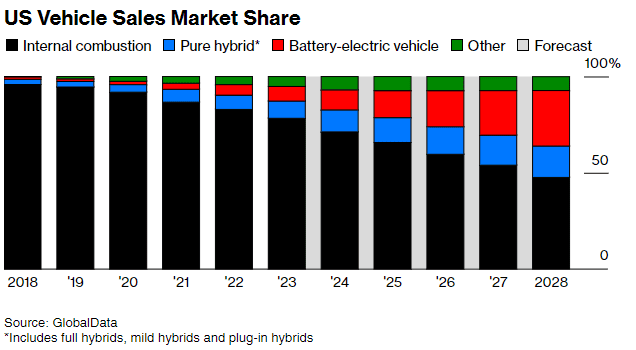Two firms face allegations that rent-pricing systems facilitate collusion among some big apartment owners
If you want to know why apartment rents got so high, some people say look to big data. Many landlords outsourced their pricing decisions to software that told them what rents to charge.
These algorithmic pricing systems analyze giant troves of information about the rental market. Then they direct landlords on how much to increase rent for each lease renewal, or what to ask for newly vacated apartments.
Algorithms and other big data have changed the way many landlords do business. In the past, landlords would often make deep cuts to rents when the market started to head south, but algorithms showed them that wasn’t always necessary. Many building owners also once believed keeping their apartment buildings as full as possible was the best way to maximize profits.
Algorithmic pricing systems, by contrast, calculated that some landlords could earn more money by pushing up rents, even if that brought about higher vacancy rates.
At least dozens of landlords across the U.S. rely on pricing systems from two companies—RealPage and Yardi Systems—to determine what they charge millions of renters.
Now, these two firms face allegations that their rent-pricing systems facilitate collusion among some of the country’s biggest apartment owners.
Two lawsuits, one against RealPage and one against Yardi, allege that the pricing systems enable an exchange of confidential pricing information to set rents across buildings and markets. That reduces much of the natural competition that might exist if landlords didn’t outsource their pricing decisions to software, the complaints allege.
The lawsuits, brought by tenants in federal courts in Tennessee and Washington, allege that the two companies and their landlord customers are engaged in illegal behavior, and that it has translated into higher rents for tenants.
The U.S. Justice Department might soon weigh in on whether algorithms unlawfully drive up rents. The department’s antitrust division has been investigating RealPage’s practices and is considering a potential enforcement action, according to people familiar with the matter.
Earlier this month, the department filed a notice in the case against RealPage, saying it would consider posting a “statement of interest” by next month that would attempt to guide the court’s decision in that case.
The scrutiny is part of a broader effort by antitrust enforcers to examine whether the use of algorithms in price setting facilitates collusion or otherwise keeps prices artificially high.
RealPage has previously denied these allegations. It declined to comment further on pending litigation. Yardi denied the allegations against the company.
In a letter to members of Congress who called on the Justice Department to investigate RealPage, the company said last year that the purpose of its system wasn’t to boost rents or drive up vacancies. It was to analyze supply and demand so landlords can more efficiently manage buildings.
In some cases, that can mean lowering rents to preserve occupancy, RealPage said.
The firm pointed to the general decline in apartment-vacancy rates in recent years as evidence that its software didn’t contribute to an increase in empty apartments. It also played down the role that nonpublic pricing data plays in its algorithm. Yardi, meanwhile, has said it never uses nonpublic data to adjust rents. Both firms said they don’t allow their clients to directly see each other’s pricing data.
Apartment owners are hardly alone in embracing sophisticated pricing systems. Student-housing operators also use rent-setting software, as do owners of single-family rental homes. More companies, from grocery stores to ride-sharing entities, rely on automated pricing to make sales.
Regulators and the Biden administration have expressed concerns about the pricing effects of big data. In September, the Justice Department filed a complaint against Agri Stats, an analytics company focused on the pork and poultry industry, alleging that it was helping processors raise prices and reduce market competition.
“So many of the products we buy have prices set by algorithms,” said Zach Brown, an economics professor at the University of Michigan who has studied the effects of pricing technology. “These issues are going to be increasingly relevant, and for a long time.”
In the multifamily market, asking rents have flattened out this year and even fallen in some places after a boom in new construction. But rents rose to record levels during the pandemic, up about 25% between 2021 and 2022, according to some metrics.
The companies that offer pricing software have indicated that their technology helps landlords to raise prices. In promotions for Yardi’s pricing system, formerly called RENTmaximizer, one landlord said it allowed the firm to “push rents more aggressively” and “quickly.” Another landlord said it enabled her firm to eliminate concessions for tenants.











